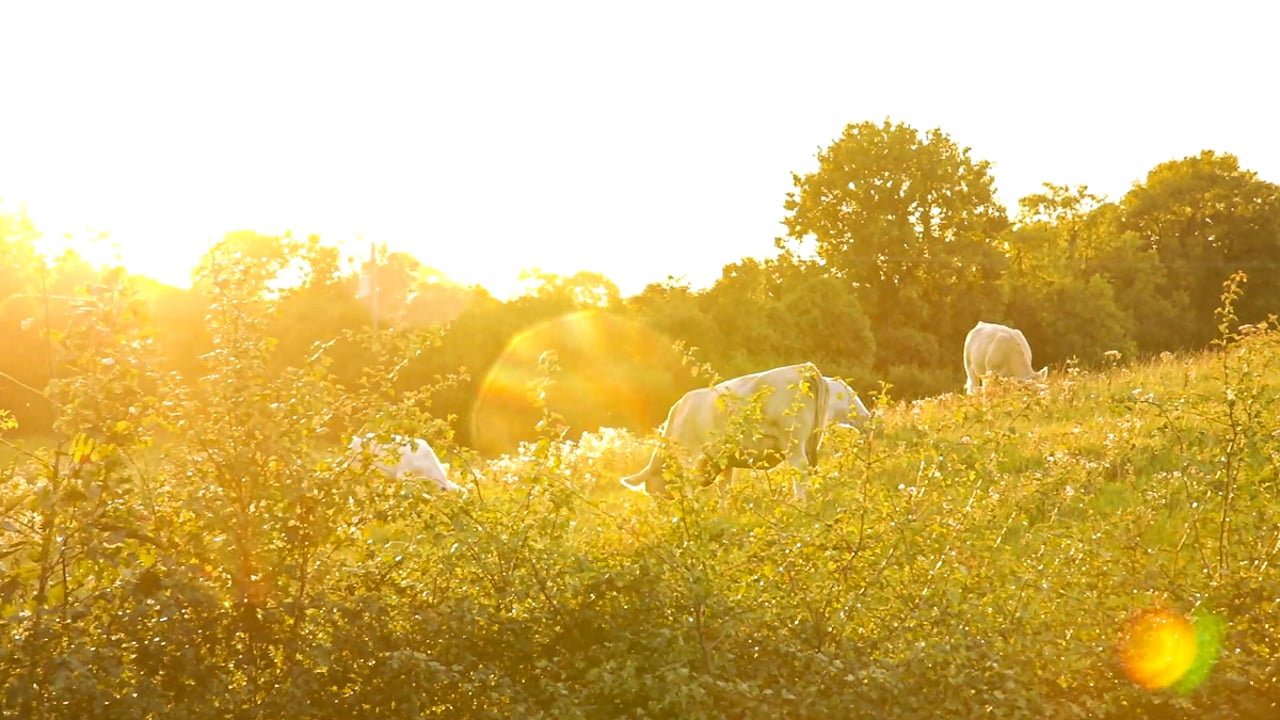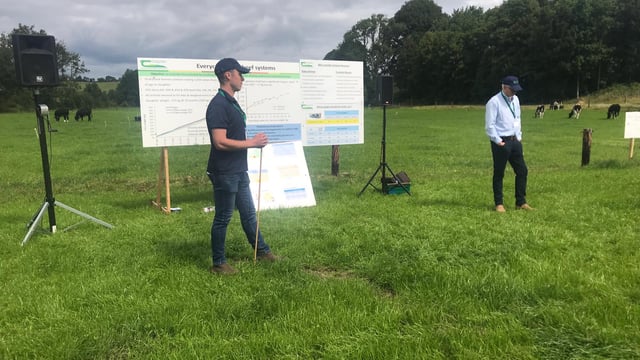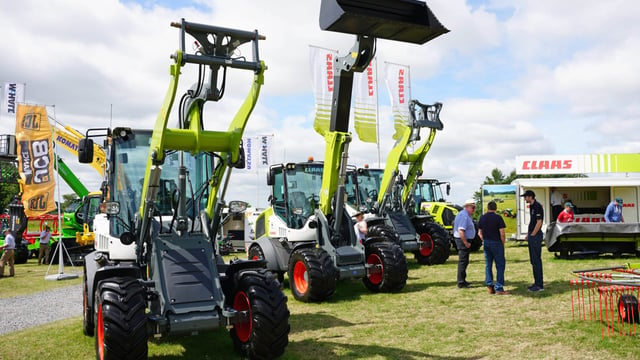DAFM issues advice to protect livestock during hot weather
Farmers have been urged to take steps to protect their livestock in the heat this weekend by the Department of Agriculture, Food and the Marine (DAFM).
Speaking yesterday, the agriculture minister Charlie McConalogue said there are a number of steps that can be taken to ensure animals remain safe and comfortable during the hot spell. He said:
"While the recent good weather is welcomed by the farming community across the country, we must remember that high temperatures can cause significant stress for livestock.
"It is important that farmers consider the extra steps needed to take care of their animals in these circumstances, making them comfortable and avoiding serious health and welfare problems arising due to the heat."
The DAFM issued a list of key steps that can reduce the impact of high temperatures on animals:
- The number of watering points and water flow may need to be increased in hot weather as demand increases.
- Drinking points should checked be more often during hot weather to ensure they are working and that the pressure is adequate.
- Stock should be monitored for signs of problems with water supply such as queuing or crowding at water points.
- Vulnerable animals such as very young, old, or sick animals may need to be moved to a location with additional shade or shelter where they can be monitored more closely.
- Holding areas for livestock should also have shaded areas available where possible and holding times minimised.
- Outdoor poultry should have access to shade.
- Outdoor pigs require access to a wallow to cool down especially if the temperature is above 25° C as they are particularly vulnerable to heat stress.
The DAFM has outlined that movement or handling of cattle during hot weather can increase their body temperature by 0.5 to 3.5° C, which can cause heat stress. Farmers should:
- Minimise handling in hot weather. If necessary, ensure it is done as early or late in the day as possible to coincide with cooler temperatures.
- Avoid transporting animals in hot weather where possible.
- If transport is necessary, plan to minimise journey length, transport during cooler hours and reduce the stocking density to allow for more airflow inside the vehicle.
Intensively housed animals such as pigs and poultry will need additional monitoring in the hot weather according to the department. Farmers should do as follows:
- Monitor the temperature in the animal accommodation closely and adjust the ventilation accordingly.
- Where automatic ventilation systems are in place, increase the level of monitoring of alarm and back-up systems.
- Use water sprinklers for pigs to help cool them down.
Livestock should always be checked more frequently than usual in hot weather. Young, dark-coloured o r pregnant animals are at a higher risk of heat stress, as are animals recovering from illness, pigs and high-producing dairy cows.
The symptoms of heat stress include fast breathing or panting, a loss of appetite, increased water intake, drooling and lethargy. In severe cases, animals may become unconscious.
The DAFM has reminded farmers who suspect an animal may be heat stressed that it is vital to act quickly and cool the animal. This can be done by moving them to shade or shelter, offering cool water, sprinklers for cattle, pigs and horses or allowing them to stand in water.
For housed animals, increase the ventilation and reduce stocking density to allow animals to lie out. If there is no improvement following these steps, veterinary assistance should be sought without delay.





